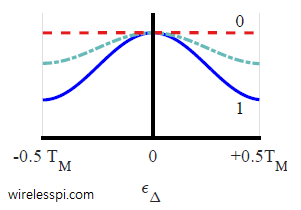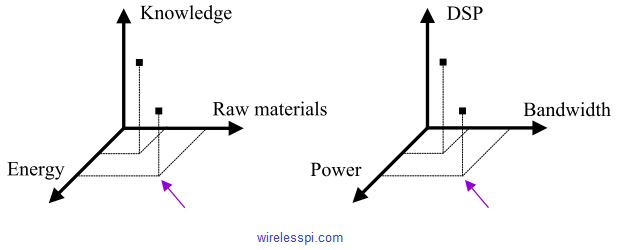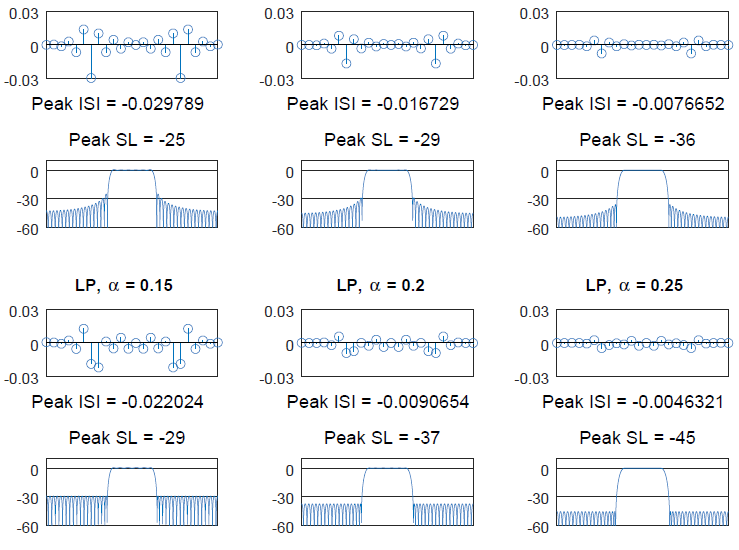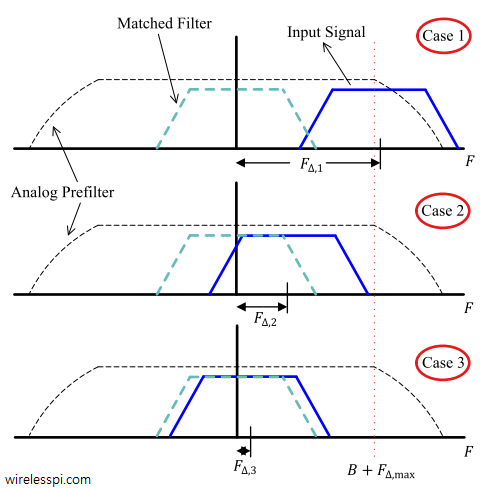Similar to the carrier lock detectors, timing lock detectors can also be constructed based on some property of the modulated signal. These lock detectors operate in parallel to the timing locked loop and aid the Rx state machine in executing necessary tasks according to each scenario. The expressions for two such timing lock detectors are as follows. The output of a timing lock detector should be at its peak for the correct timing. Therefore, when the matched filter output, denoted by $z(mT_M)$ with $T_M$ being the symbol time, is at its peak, the second sample in a signal oversampled by
Continue reading



